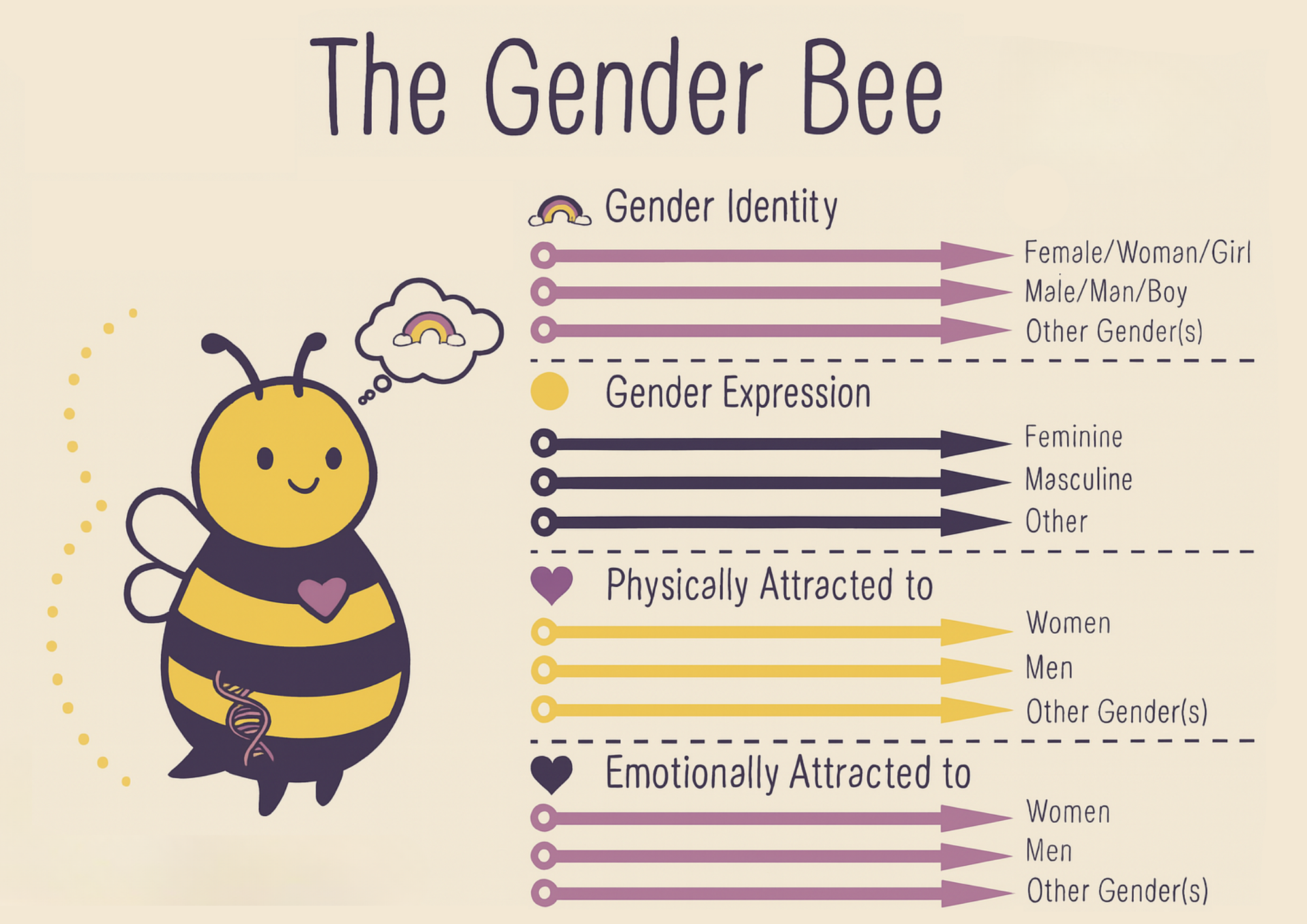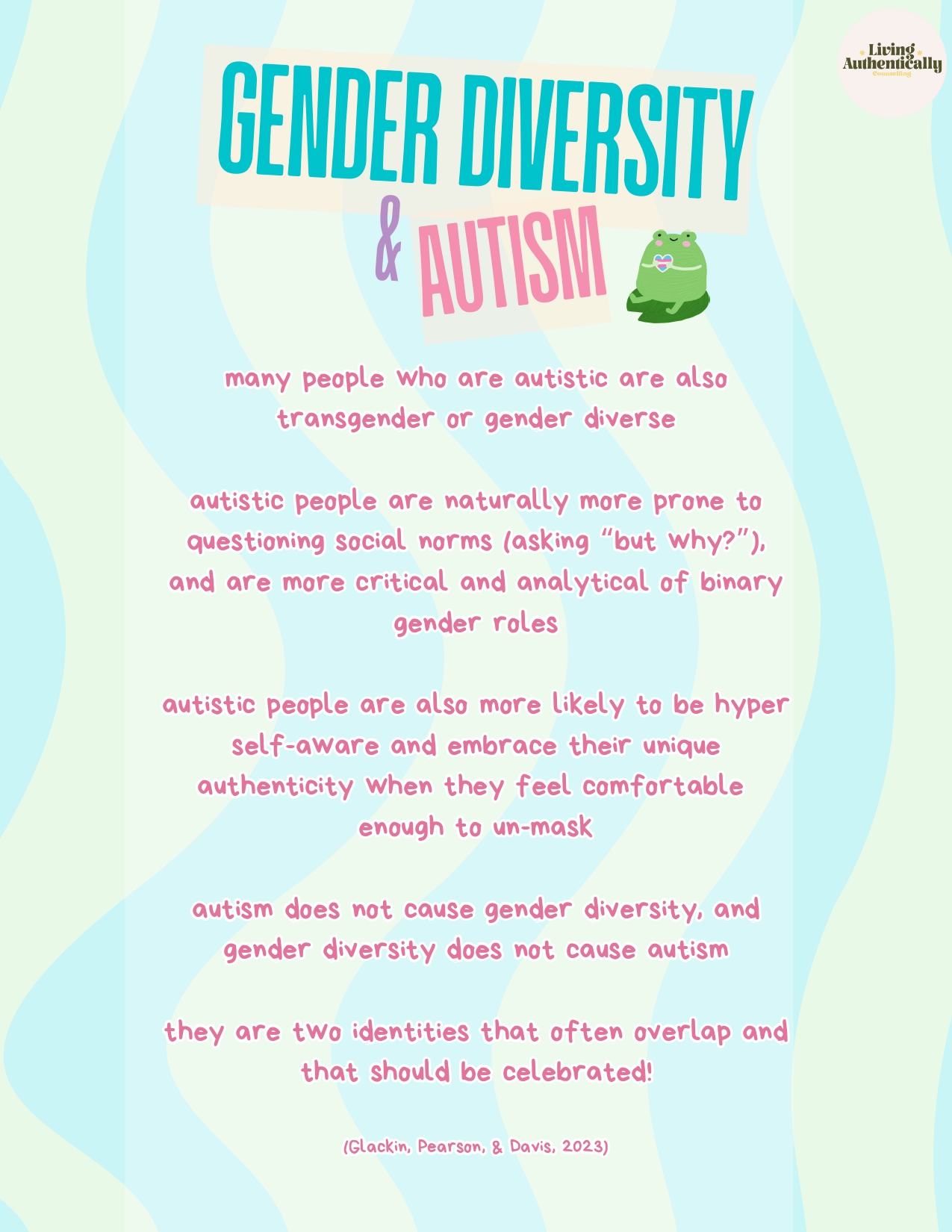Pronouns: Small Words, Big Respect

If you’ve ever introduced yourself and said, “Hi, I’m Taylor and I use they/them pronouns,” then you already know that pronouns are about so much more than grammar. They’re about respect, identity, and inclusion.
Let’s talk about what pronouns are, why they matter, and how using them correctly can make the world a kinder place for everyone -especially our LGBTQIASB+ and gender-diverse friends, family, and colleagues.
What Are Pronouns, Really?
Pronouns are simply words we use in place of someone’s name. Instead of saying “Jordan said Jordan is coming,” we say, “Jordan said they are coming.”
We use pronouns every single day; she, he, they, and many others. They help us talk naturally, but they also tell people how we see and respect them.
Why Pronouns Matter
Using someone’s correct pronouns is one of the easiest ways to show affirmation and respect for who they are. It’s a small act that says, “I see you.”
When someone tells you their pronouns, they’re sharing something personal and meaningful. Responding by using those pronouns correctly is a way of saying, “I care about your identity.”
On the flip side, ignoring or misusing someone’s pronouns can make them feel unseen or disrespected, even if it’s accidental. Language has power, and this is one way we can use it for good.
Different Kinds of Pronouns
People use all sorts of pronouns, and every set is valid. Here are a few examples:
Pronoun Set
Example Sentence
She / Her
She just got a new bike, and her helmet is purple.
He / Him
He said his coffee order was wrong, but it’s fine.
They / Them (singular or plural)
They love their cat so much they knit it sweaters.
Some people use more than one set for example, “she/they” or“he/they.” That’s perfectly okay! You can use both, or ask which set they prefer in a given space.
Gender-Neutral Pronouns
You’ve probably seen “they/them” used as a singular pronoun and yes, it’s totally correct!
English speakers have used “they” to refer to a single person for centuries (Shakespeare and Jane Austen did it too!). It’s now widely accepted in writing, workplaces, and schools.
Gender-neutral pronouns like they/them, ze/hir,or xe/xem are used by people who don’t identify strictly as male or female, or by those who prefer not to emphasise gender at all.
Example:
- Jamie said they’ll be there soon.
- That’s their notebook.
- They did it themself.
How to Ask (and Share!) Pronouns
Asking for someone’s pronouns doesn’t have to be awkward. In fact, it can be empowering!
Try something like:
- “Hi, I’m Casey, and I use she/they pronouns. What about you?”
- “What pronouns do you use?”
- If you are unsure, or do feel awkward, you can always call someone by their preferred name!
When you share your own pronouns first, it helps create a safe, inclusive environment for others to do the same.
You can also include your pronouns in your:
- Email signature (Jamie Lee, they/them)
- Social media bio
- Zoom or name badge
It’s a simple way to normalize the idea that everyone has pronouns, not just trans or nonbinary people.
If You Make a Mistake…
We all mess up sometimes! The best thing you can do is:
- Apologise briefly (“Sorry!”)
- Acknowledge and correct yourself (“They are on their way.”)
- Move on
No need for a long apology or explanation, that can make things uncomfortable for the person you misgendered. The key is to keep practicing and doing better next time.
Writing and Speaking Inclusively
When you’re writing or speaking in general, especially when gender isn’t relevant, use gender-neutral language.
✅ Inclusive:
- Each student should bring their laptop.
- The manager said they will send an update.
- Everyone should do their best.
❌ Not inclusive:
- Each student should bring his laptop.
- When a manager talks to his team…
Using “they” in these cases isn’t just respectful - it’s modern, natural, and grammatically correct.
Respect Is the Real Goal
Here’s the most important thing: pronouns aren’t just a preference, they’re part of who someone is.
Using the correct pronouns says, “I respect your identity.”That’s powerful.
And remember, pronouns can change. Someone might use different pronouns at different times in their life. The best thing you can do? Listen, ask politely, and keep an open heart.
Pronouns may be small words, but they have big meaning.
They’re a reminder that language isn’t just about rules, it’s about people.
So the next time you introduce yourself, try sharing your pronouns too. You’ll help make the world a little more welcoming for everyone, one word at a time.
In short: Pronouns are respect. Pronouns are identity. Pronouns are love in action.
Learn in a space where your questions are welcome
Join live sessions or watch on demand — all created by professionals who understand the real-world challenges of exploring sexuality, identity and connection.
- Sexuality & identity
- Consent & communication
- Relationships & intimacy
- Confidence & self expression
- Disability & sexual wellness
- Support & education for carers



